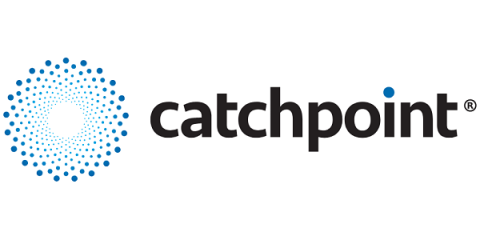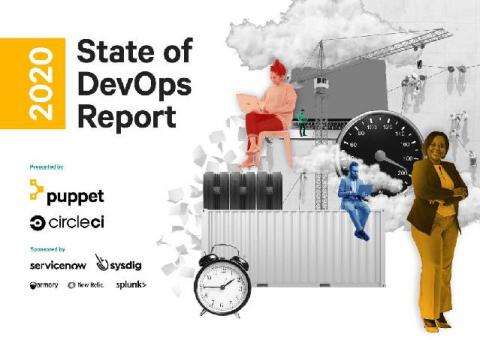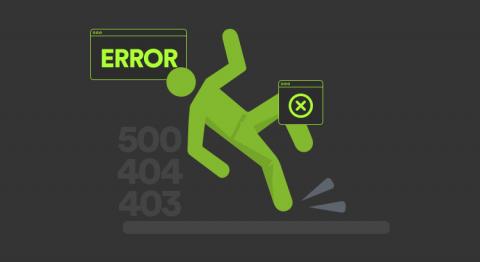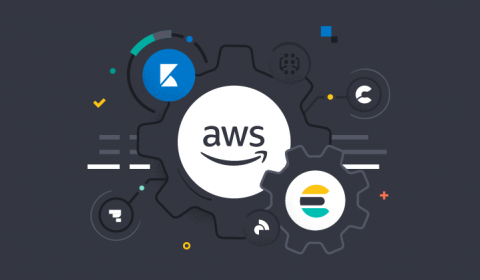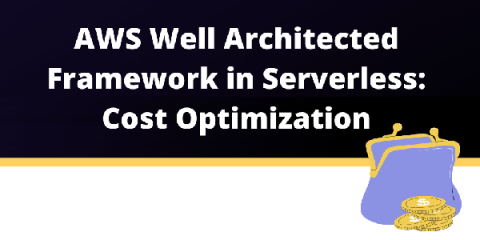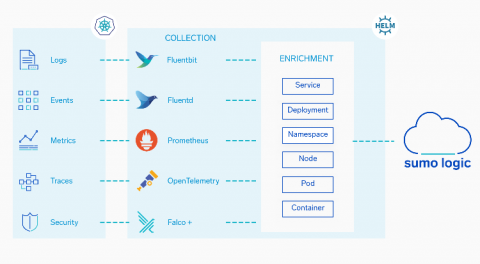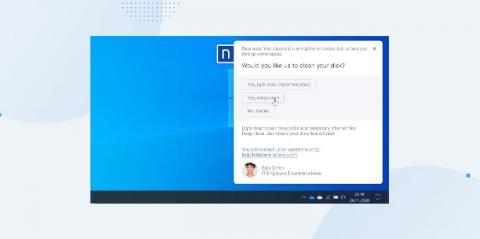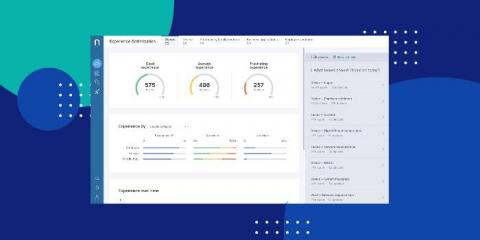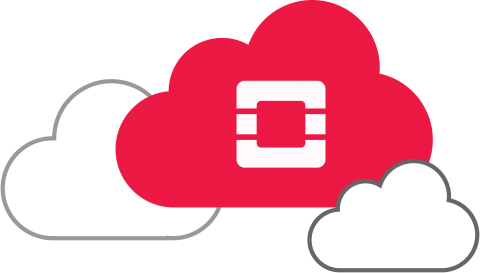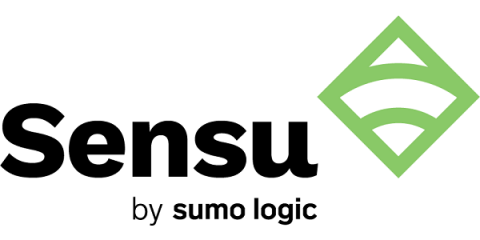iSeatz - Resolving Performance Issues Faster with Catchpoint
iSeatz, founded in 1999, has evolved from a digital reservation platform for local New Orleans restaurants into a loyalty tech company that integrates travel and lifestyle bookings into point banks for global brands. iSeatz powers one of the top 10 travel platforms in the world, as well as loyalty eCommerce sites for multiple top 5 hotel brands. The iSeatz Oneview Platform handles more than $4 billion and 180 billion loyalty points annually.


